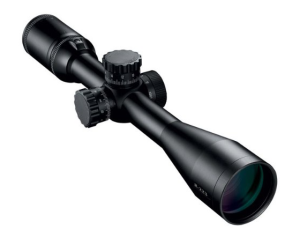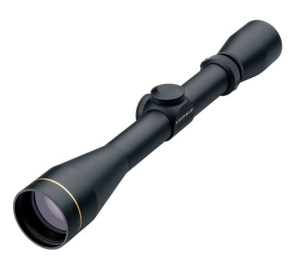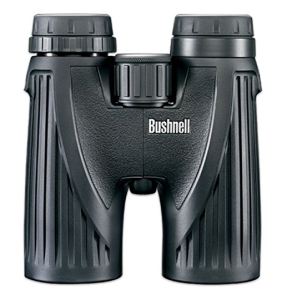A good pair of binoculars is optically clear, compact enough to be easily carried, and durable enough to withstand unusual conditions. Monarch 7 binoculars, from Nikon, meet all of these criteria. By combining the best in optical technology with a sturdy, well engineered design, Nikon has made a pair of binoculars that will meet almost any need.
Features
The Nikon Monarch 7 binoculars feature low dispersion glass, phase correcting roof prisms, and dielectric high reflection prism coatings to make the optical image created for the viewer as clear and true to life as possible. All of these elements combine to make a very high fidelity viewing experience, as well as to ensure that glare or other light phenomena do not compromise the view. In addition, scratch resistant coatings are applied to all exterior lenses to guard against damage. The binoculars are also sealed with o-rings and filled with nitrogen gas to maintain a water resistant seal that is effective in up to 3 feet of water for up to 10 minutes. The binoculars can also be affixed to a tripod for stationary viewing, and feature flip down lens caps.
Durability
Binoculars, being a very fine and precise optical tool, are often thought of as being fragile. With the Monarch 7 binoculars, this is not the case. Owing to the durable casing and the many protective features designed to protect the optical components, these binoculars are up for just about anything that may get thrown at them. These are ideal as sporting binoculars, and would do well on a nature excursion or in other sporing situations.
Optical Accuracy
Nikon Monarch 7 binoculars are quite good optically. The many glare and refraction reducing features create an image that is clear and not distorted or fuzzy. These same optics also present the viewer with a very true to life representation of color and brightness.
Price
Good binoculars are never cheap. While different retailers vary somewhat in price, the average seems to run around $400. Considering the quality of the binoculars, this is quite reasonable. Given that many high end binoculars can run half again as much as this or even more, the Monarch 7 binoculars are well priced.
Drawbacks
Despite their very high quality and reasonable pricing, there have been some minor complaints regarding the Monarch 7 binoculars. The most common, and also most major, is that the binoculars are difficult to get into good focus. While adjusting the focus on them is quite is easy, it can be tricky to dial in the focus for a crisp and clear image. Another, albeit less major, complaint has been that the instructions that come with the binoculars are poorly worded and difficult to follow. Several of the instruction sections seem to have no illustrations, thus compounding the problem of clunky wording. However, given the prevalence of online video tutorials and reviews, this should present only a minor inconvenience.
Conclusion
Beyond a couple of very minor drawbacks, the Monarch 7 binoculars from Nikon are an excellent pair of medium priced binoculars. While certainly not military grade, they will suffice for almost any normal usage. They are also extremely durable, allowing them to be taken on hikes, nature outings, bird watching, or just about any other expedition you may have in mind. The optics produce a very clear and undistorted image that is both bright and colorful. The same features that make the binoculars water resistant also serve to keep it sealed against atmospheric humidity, preventing the lenses from fogging up and producing a blurry image.

 A scope with the most powerful lens in the world is no good if you can’t see through it properly. I love the M-223 with its four inches of non-critical eye relief, which gives me an amazingly clear sight without risking recoil damage to my face. The ocular lens on the M-223 is huge, which gives me a super bright high-resolution view. I also like the four-time zoom range, which helps me quickly identify targets in the field.
A scope with the most powerful lens in the world is no good if you can’t see through it properly. I love the M-223 with its four inches of non-critical eye relief, which gives me an amazingly clear sight without risking recoil damage to my face. The ocular lens on the M-223 is huge, which gives me a super bright high-resolution view. I also like the four-time zoom range, which helps me quickly identify targets in the field. The old rule of thumb suggesting that one should invest as much in his optic as his rifle has been known to bewilder many a shooter. Not the least of these are the wise folks who have laid down a moderate amount of cash and walked away with a scope as impressive as the
The old rule of thumb suggesting that one should invest as much in his optic as his rifle has been known to bewilder many a shooter. Not the least of these are the wise folks who have laid down a moderate amount of cash and walked away with a scope as impressive as the  Bushnell’s Legends have always stood out as some of the best binoculars in the market, and the new HD version has helped to add some extra punch to this venerable line of binoculars. The
Bushnell’s Legends have always stood out as some of the best binoculars in the market, and the new HD version has helped to add some extra punch to this venerable line of binoculars. The